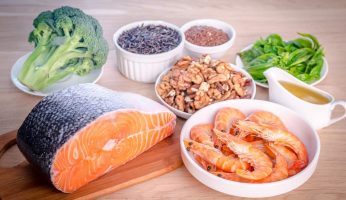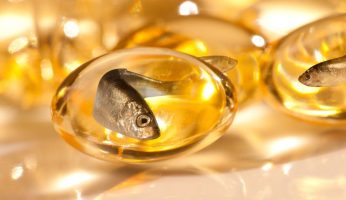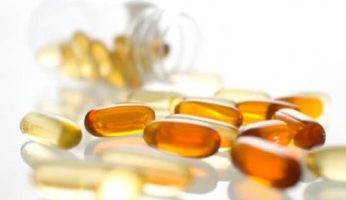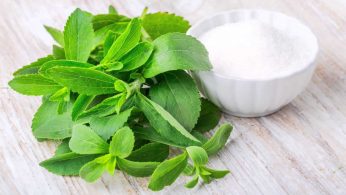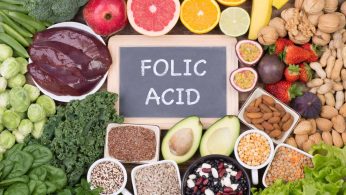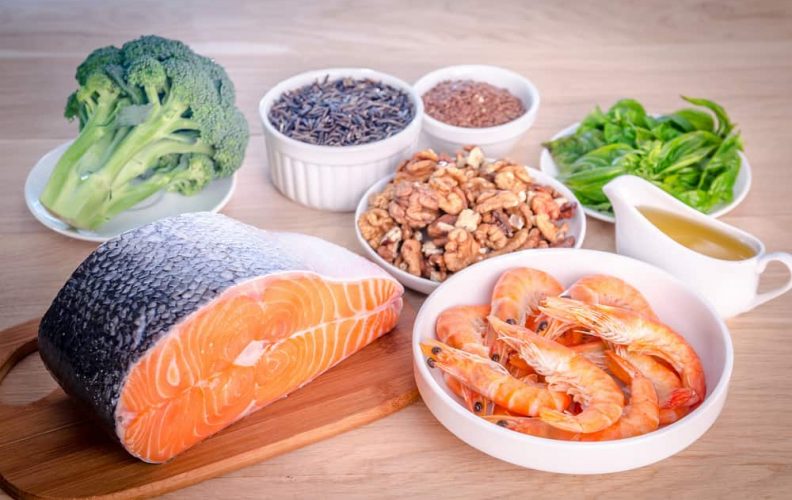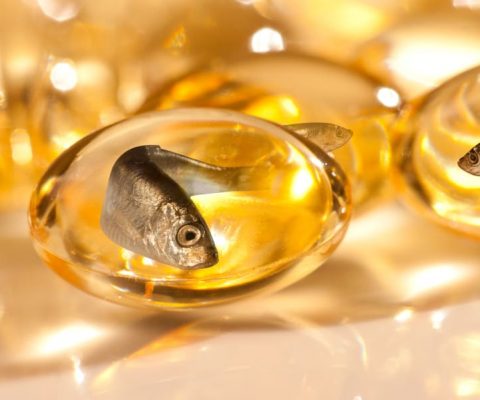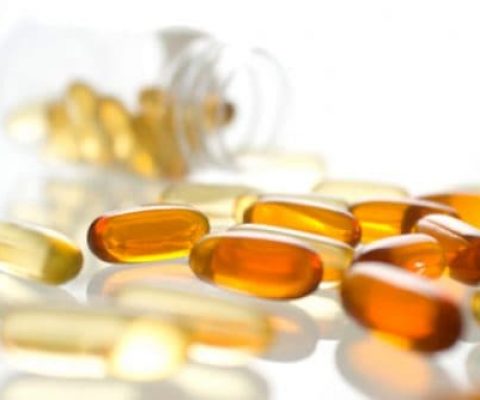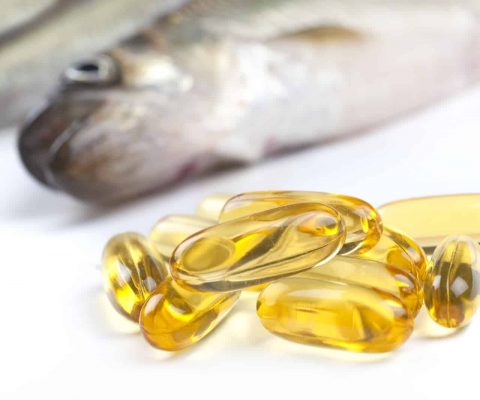Red Yeast Rice For Cholesterol — Truth or Myth?
Disclosure: We use affiliate links and may receive a small commission on purchases.
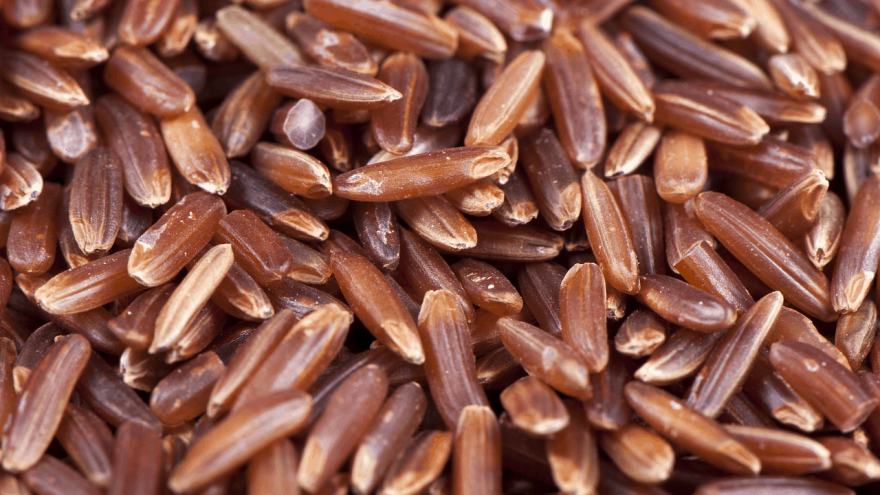 Red Yeast Rice For Cholesterol — Truth or Myth?
thefitbay.com
Red Yeast Rice For Cholesterol — Truth or Myth?
thefitbay.com
Are you worried about high cholesterol? Have you been diagnosed with it and are wondering what to do? An increasing number of people are turning to red yeast rice for cholesterol.
More and more people are lauding this dietary supplement as a way to lower cholesterol. For many, it’s a more natural solution than prescription cholesterol-lowering statin drugs.
But are the claims valid, or are they a myth? And which brand of red yeast rice is the best?
An in-depth look at red yeast rice and cholesterol levels:
- How red yeast rice works for cholesterol.
- Is red yeast rice effective?
- What is the correct dosage of red yeast rice?
- What are the risks of taking red yeast rice?
How Red Yeast Rice Works for Cholesterol

Chinese medicine has used red yeast rice for hundreds of years. It’s a dietary staple in Asia as a powdered yeast-rice mixture, but you can also take it in tablet form as an oral supplement. (1)
It’s said that red yeast rice contains certain compounds that can lower a person’s cholesterol levels. One of the most significant compounds is monacolin K. The yeast produces this compound. A prescribed cholesterol-lowering drug called lovastatin also contains this compound as an active ingredient. (2)
Monacolin K is the compound in red yeast rice that provides the most health benefits, especially in relation to the lowering of cholesterol. Monacolin K lowers blood cholesterol levels by reducing the amount of cholesterol produced by the liver.
Summary
Red yeast rice contains a compound known as monacolin K, which is the same active ingredient included in cholesterol-lowering medications such as lovastatin. This compound reduces the amount of cholesterol your liver produces.
Does Red Yeast Rice Lower Cholesterol Effectively?
This is a difficult question to answer effectively because the composition of red yeast rice products varies considerably. Factors that affect the composition include the yeast strains and culture conditions used to manufacture them.
Some red yeast products contain high levels of monacolin K, while others contain little or none at all. As a consumer, it’s impossible to know how much monacolin K is present in the products you buy. (3)
Manufacturers use labels on these products, but the information relates to the amount of red rice yeast, rather than the amount of monacolin K.
Clinical trials have taken place using red yeast rice products that contain substantial amounts of monacolin K. We’ll look at some of these and other studies a little later in the article.
Summary
Studies have shown that red yeast rice can be effective at lowering total cholesterol but it’s difficult to know how much monacolin K is contained in the products currently available.
What Is the Correct Dosage of Red Yeast Rice?
Red yeast rice is available in several forms and is often found combined with other ingredients such as omega-3 fatty acids.
You can purchase red yeast rice products in health food stores, online retailers, and pharmacies. Many of the clinical trials used products containing around 10 milligrams of total monacolin. Typical doses of the product would have been 200 – 4,800 milligrams.
Manufacturers of these types of products, however, tend to recommend taking between 1,200 and 2,400 milligrams on a daily basis to lower cholesterol levels. You would typically take your daily dose split into two or three.
There is a risk of side effects and safety concerns when taking red rice yeast extract. Therefore, it’s advisable to consult your doctor or physician and ask for their advice on what is the best dosage for you.
Are There Any Risks Involved With Taking Red Yeast Rice?
The potential side effects for someone taking red yeast rice supplements are the same as those for someone taking the prescribed drug lovastatin. (4)
They include:
- Pain and weakness in the muscles, known as myopathy.
- Rhabdomyolysis, which is a health condition in which your muscle fibers break down and release substances into the bloodstream, potentially harming your kidneys.
- Liver toxicity.
It’s recommended that pregnant and breastfeeding women should not take red yeast rice supplements.
Monacolin K can also interact with certain drugs, in the same way as lovastatin. These drugs include:
- Certain antibiotics.
- Drugs used in the treatment of HIV.
- Other cholesterol-lowering drugs.
- Nefazodone, an antidepressant.
Citrinin, a known contaminant, can be formed during culturing red yeast rice. This is a particular problem when the production of red yeast rice is not strictly controlled. Experiments have shown this substance to cause kidney failure in animals and to genetic damage to human cells.
Summary
As it has the same active ingredient as the prescribed medication lovastatin, red yeast rice has side effects on health. It can also potentially contain the harmful contaminant citrinin.
What Does Science Say About Red Yeast Rice and Cholesterol?

Clinical trials have taken place to determine the effectiveness of red yeast rice in lowering cholesterol in humans. Before looking at the results of some of these studies, it’s important to point out that the products used in the studies and trials typically contain high amounts of monacolin K.
It has been found that these products can lower blood levels of total cholesterol and low-density lipoprotein cholesterol. It’s this cholesterol that’s linked to a higher risk of developing heart disease.
There have been no results published relating to studies that involved products with low or no monacolin K. It is, therefore, impossible to say whether these products affect blood cholesterol at all.
Study One, June 2007: Efficacy of Monascus Purpureus Went Rice on Lowering Lipid Ratios in Hypercholesterolemic Patients
This study took place in order to ascertain whether Monascus purpureus (red yeast rice) was effective at lowering lipid ratios. They split a group of 79 patients suffering from hypercholesterolemia into two.
They gave one group a daily dose of red yeast rice twice a day. They gave the other group a placebo. The study lasted for eight weeks.
At the end of the study, those patients who had been taking red yeast rice showed a significant reduction in LDL cholesterol as well as total cholesterol.
The obvious conclusion was that for hypercholesterolemic patients, red yeast rice was successful at reducing lipid ratios. (5)
Study Two, June 2009: Red Yeast Rice for Dyslipidemia in Statin-Intolerant Patients
This study took place to test the effectiveness of red yeast rice. It also tested whether it was an alternative when used in combination with therapeutic lifestyle changes to prescribing statins for patients who cannot tolerate this prescribed medication.
It was a randomized and controlled trial that took place in a cardiology practice based on a local community. Sixty-two patients took part in the trial. They suffered from dyslipidemia and had to discontinue the use of statin therapy because of myalgias.
Using randomization software, they chose 31 patients to receive 1800 milligrams of red yeast rice. They also chose 31 patients to receive a placebo. The dosage for both groups was twice a day for 24 weeks.
The patients were also enrolled in a therapeutic lifestyle change program that took place over 12 weeks.
They measured the LDL cholesterol levels of both groups of patients at the beginning of the trial, in week 12, and in week 24. They also took other measurements, including total cholesterol, HDL or high-density lipoprotein, liver enzymes, triglyceride, creatinine phosphokinase (CPK), and weight. Patients also had to complete a Brief Pain Inventory score.
The results of the trial showed that therapeutic lifestyle changes in combination with taking red yeast rice decreased the level of LDL cholesterol. Equally important was the fact that it didn’t increase pain levels or CPK. It was, therefore, concluded that red yeast rice could be an option for dyslipidemic patients who could not tolerate therapy using statins. (6)
Study Three, January 2010: Tolerability of Red Yeast Rice vs. Pravastatin in Patients With Previous Statin Intolerance
The aim of this trial was to evaluate the tolerability of red yeast rice compared with pravastatin for patients unable to take statins because of myalgia. The study took place in Philadelphia, Pennsylvania, in a community-based setting.
Forty-three adults took part in the trial. They were chosen to take part because they suffered from dyslipidemia. They would also have had to stop taking statin because of myalgia.
They randomly split these 43 adults into two groups. Red yeast was prescribed to one group at a dose of 2,400 milligrams twice a day. They prescribed pravastatin to the other group; the dosage was 20 milligrams twice daily. The trial took place over 12 weeks.
As well as taking either red yeast rice or pravastatin, there was also a therapeutic lifestyle change program they were encouraged to enroll in. This program also lasted 12 weeks.
A daily pain severity score was used to assess the patients. If a patient had to discontinue the treatment because of myalgia, this was also noted. They also assessed levels of plasma lipids and muscle strength as part of the trial.
In the group of patients that took red yeast rice, 5 percent (or one in 21) of them had to stop taking the medication due to myalgia. In the group taking pravastatin, 9 percent (or two in 22) had to stop taking the medication because of myalgia.
The severity of pain felt averaged out at around the same for both groups. There was also very little difference in muscle strength.
With regards to the levels of low-density lipoprotein cholesterol, there was a decrease of 30 percent in the red yeast rice and 27 percent in the group taking pravastatin.
The conclusion was that patients could tolerate red yeast rice and the statin medication. Patients who took red yeast rice, however, also showed a comparable reduction of low-density lipoprotein cholesterol. (7)
Study Four, March 2010: Lipid-Lowering Efficacy of Red Yeast Rice in a Population Intolerant to Statins
In this 2010 review, they looked at 1,400 clinical charts. From those charts, they identified 25 patients and treated them with red yeast rice for around four weeks. They also chose patients based on their lipid levels before and after taking lipid-lowering medications.
The patients chosen also suffered from several intolerances, notably myalgia, gastrointestinal intolerance, or raised levels of alanine aminotransferase.
Total cholesterol levels decreased in the patients by 15 percent, while LDL cholesterol levels decreased by 21 percent. Almost all the patients (92 percent) could tolerate the red yeast rice, and just over half of the trial group reached their LDL cholesterol goal.
The conclusion of the study was that patients taking red yeast rice would be able to moderately decrease their LDL and total cholesterol. The study showed that patients could tolerate red yeast rice, and it proved to be an acceptable option for patients unable to take lipid-lowering medication. (8)
What’s the Bottom Line on Red Yeast Rice and Cholesterol?
After reading some studies and trials that have taken place, the most obvious conclusion is that red yeast rice can affect a person’s cholesterol levels. Not only that, there are studies that show it can support the health of your heart, reduce cancer cell growth, and the risk factors associated with metabolic syndrome.
There is, however, a downside. Some patients have experienced gastrointestinal issues, muscle problems, allergic reactions, and liver toxicity. Experts also recommend that breastfeeding mothers and people taking statins don’t take red yeast rice.
Another issue with this holistic medicine is that it’s very difficult to tell how much of the important compound monacolin is contained in a dose. This makes finding the right dosage very difficult. You could find that the red yeast rice tablets you’re taking contain no monacolin at all.
It’s always best, in this instance, to work in close consultation with your healthcare practitioner. It’s also crucial to select the best possible supplement from a reputable brand. Only then can you take advantage of the unique benefits of this supplement.

